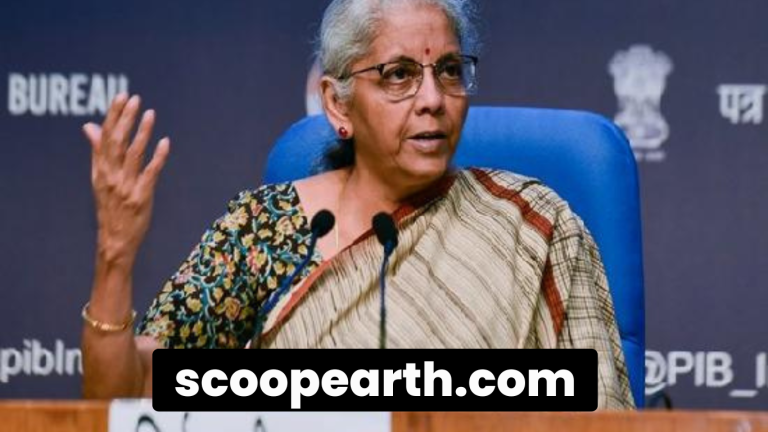The Economic Survey has projected that the Indian economy will continue to grow at a medium-term growth rate of 7%. Such an optimistic growth projection has been possible due to structural changes over the past decade and cooperative federalism between the Union Government, State Governments, and the private sector. We are discussing the Economic Survey: The Indian Economy will grow at a rate of 7 percent on a sustained basis.
Structural Reforms and Digital Transformation
During the past ten years, India has undertaken several structural changes meant to improve the efficiency and production capacity of the economy. Some of these structural reforms are The Goods and Services Tax (GST), the Insolvency and Bankruptcy Code (IBC), and other initiatives toward enhancing the ease of doing business. One of the most important sources of growth has been the growing adoption of digital technologies across industries. Policies such as Digital India and adopting technologies like digital money have improved effectiveness in trade practices.
Infrastructure Development and Private Sector Participation
The government has in the recent past emphasized on construction of highways, railways, and other urban infrastructure hence a favorable environment for economic growth has been fostered. The National Infrastructure Pipeline (NIP) targets infrastructure spending beyond INR 100 lakh crore by 2025. According to the Economic Survey report, the private sector significantly contributes to economic growth. To boost private investment, the government has initiated several policies like Production Linked Incentive (PLI) schemes and opening up norms for FDI.
Challenges and Mitigation Strategies
It is also important to note that the Economic Survey listed several risks that may hinder the economy’s performance in the future. These are factors such as global economic volatilities, inflation, and supply chain disruptions. This involves fiscal and monetary discipline to ensure macroeconomic stability. The government also seeks to contain inflation rates and stabilize the exchange rate to create a favorable environment for growth.
Developing skills and qualifications for the workforce through investment in education is crucial for preparing employees to be productive in a competitive economy. Some steps taken are the Skill India program and the National Education Policy (NEP) 2020. Appreciation of innovation and research and development is crucial for realizing sustainable growth. Thus, the government intends to increase the investment in R&D and build an environment supporting innovation. Farming is still an essential part of India’s economy. Improving agriculture’s efficiency, adopting new farming techniques, improving irrigation facilities, and improving farm credit can go a long way in increasing rural income and the economic growth rate.
Importance of Tripartite Compact
The Economic Survey emphasizes that the projected growth rate would require a social contract involving the Union Government, State Governments, and the private sector. This makes coordination crucial in executing reforms and guaranteeing that the fruits of reform are felt throughout society. The central government’s policy responsibility includes policy-making, financial support, and macroeconomic policy management.
Schemes like the Atmanirbhar Bharat Abhiyan are intended to help transform India into a less dependent economy and increase the domestic manufacturing output. Most of the policies implemented at the grassroots level involve the collaboration of state governments. They are tasked with facilitating business, enhancing physical development, and proper leadership. In general, involving the private sector as a vital source of investment, innovation, and employment generation is crucial. The government’s priorities in ease of doing business and regulatory and institutional reforms are to foster an environment that supports private sector development.
Conclusion
The increasing growth rate of 7%, as pointed out in the Economic Survey, indicates India’s bounce back and possible revolution. Such an enhanced growth rate is well within India’s reach as it now builds on the structural reforms of the past decade and brings together the government and the private sector for this purpose.










